Being born as a totally different animal, and with a lifespan of 4-6 weeks after hatching out of it's cocoon, this orange and black creature is seen all over the United States and in Indiana.
Monarch Butterfly
Known also as caribou, these animals are very closely related to the Deer we see in Indiana. They share similar antlers, share the same diet of grass, and even share similar types of brown fur. However, unlike the deer in North America these animals live up north in the coldest parts of the Earth.
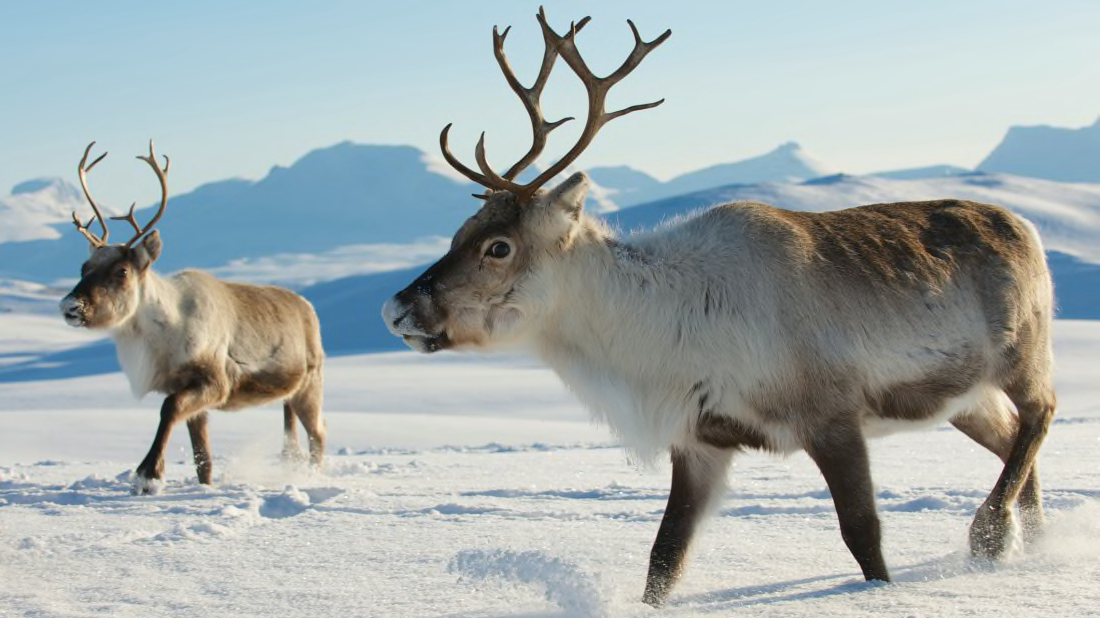 Reindeer
Reindeer
Often called the smartest animals on the planet behind us humans, this animal one of the largest LAND mammals on Earth. Their ears are massive and are used to fan off this animal when they get hot, they have 2 long tusks to fight off predators, and one if it's biggest features is used to grab food, drink water, AND smell.
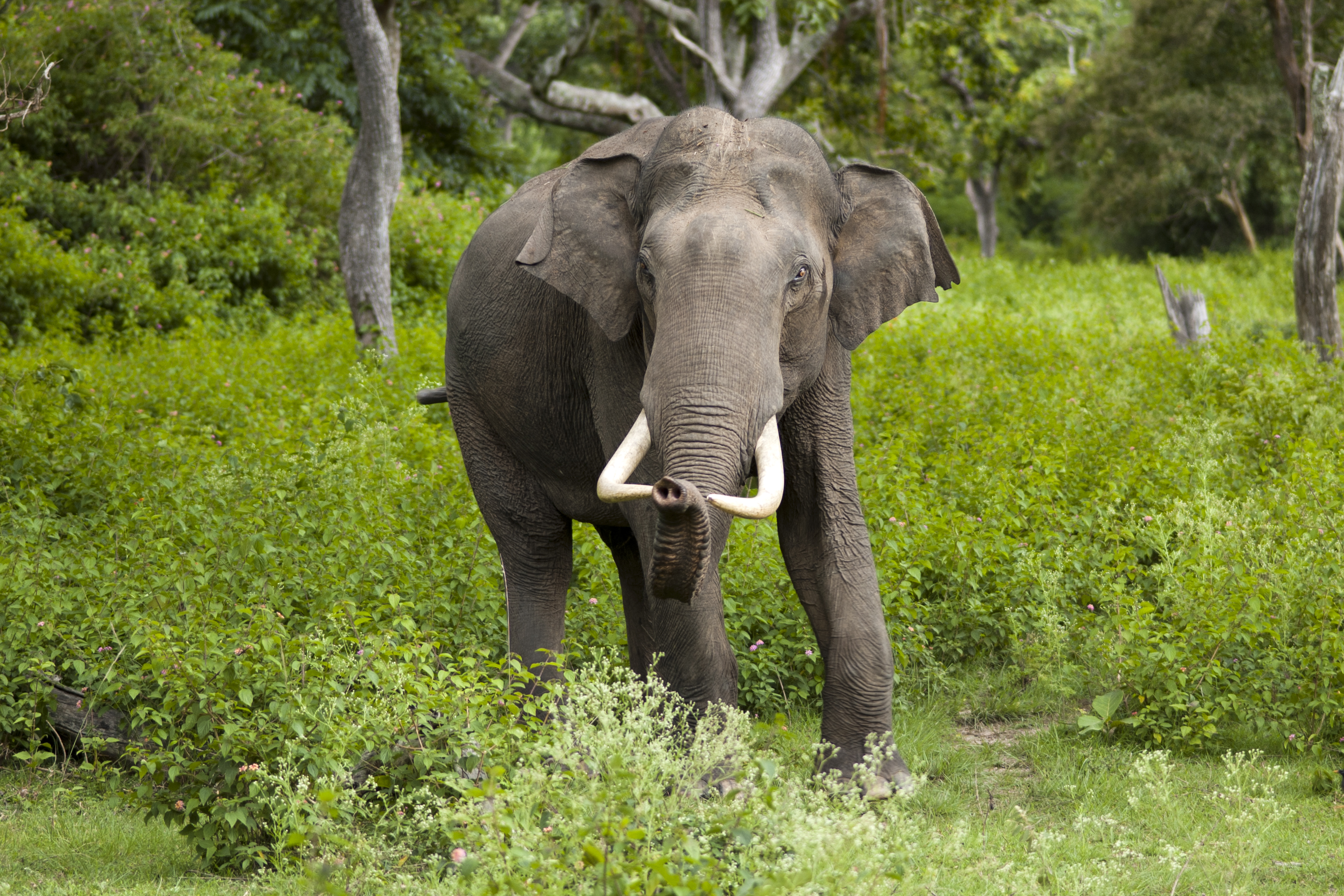 Indian Elephant
Indian Elephant
The world's largest marsupial, this animal is recognized based on it's long powerful tail that it uses like a 3rd leg. It's babies will live in their pouch for up to 3 months. It's tail can allow it to jump 25 feet in ONE jump!
 Red Kangaroo
Red Kangaroo
This oceanic creature is almost the perfect killing machine, getting up to 1000 pounds and with multiple rows of teeth it can chew and devour anything it wants. It's oddly shaped head is used to be able to scan for food easier, and is full of sensory receptors that allow it to detect prey easier. It will even use it's mallet shaped head as a weapon.
 Hammerhead Shark
Hammerhead Shark
This animal can grow to be 8 feet tall when standing upright, can be 800 pounds, and are famous for being great fishers (especially salmon). They also have 3-4 inch claws and live in the forest
 Grizzly Bear
Grizzly Bear
This animal is the largest weasel in all of Europe. They usually eat things like berries, but aren't afraid to use their powerful claws and sharp teeth to fight off predators and eat them. They are very much like a small, 50 pound bear.
 Wolverine
Wolverine
Native to China, they are an endangered species. In the wild they live in bamboo forests where they eat 80 pounds of bamboo each day. This allows them to grow as big as 5 feet tall and 400 pounds. They are immediately recognized by their black and white coloring.
Giant Panda
These apex predators are known to be cannibalistic, eating their own kind. This might be why they've lived for millions of years without anything happening to their species. They grow up to 20 feet long and 2200 pounds, and can swim 25mph! Their skin is hard like a rock, and is like wearing armor.
 Estuarine Crocodile
Estuarine Crocodile
This cephalopod has spikes that line all 8 of it's arms, and looks intimidating when it displays all of them at once. However, they are soft and not dangerous at all. Looks can be deceiving, as these spines are only used to collect food particles from the ocean water.
Vampire Squid
This animal is one of the biggest rodents in all of North America. They are famous for having strong, flat tails that they use to hit prey, and they primarily live in dams that they build themselves in the river.
 North American Beaver
North American Beaver
Recently discovered (in 2003) this type of animal is unique to the mountainous regions of Southern Europe. They aren't blind like their counterparts here in the US, but still use echolocation to find food.
 Alpine Long Eared Bat
Alpine Long Eared Bat
Another critically endangered species, this animal has lost more than ONE HALF of it's population in 40 years because of deforestation and illegal trade. This animal is like a distant cousin to us humans, and are considered great apes and not monkeys. They live to be 60+ years old, and have family structure identical to humans.
Also, this animal the animal that Mr. Tannor spent over an hour watching at the Indianapolis Zoo!
 Bornean Orangutan
Bornean Orangutan
A weird combination that resembles a beaver and a bird, this animal won't be seen anywhere but Australia. The males are venomous, and they have stingers on the backs of their 4 feet. They are bottom feeders, meaning they only eat scraps and bugs, but that doesn't mean they aren't dangerous!
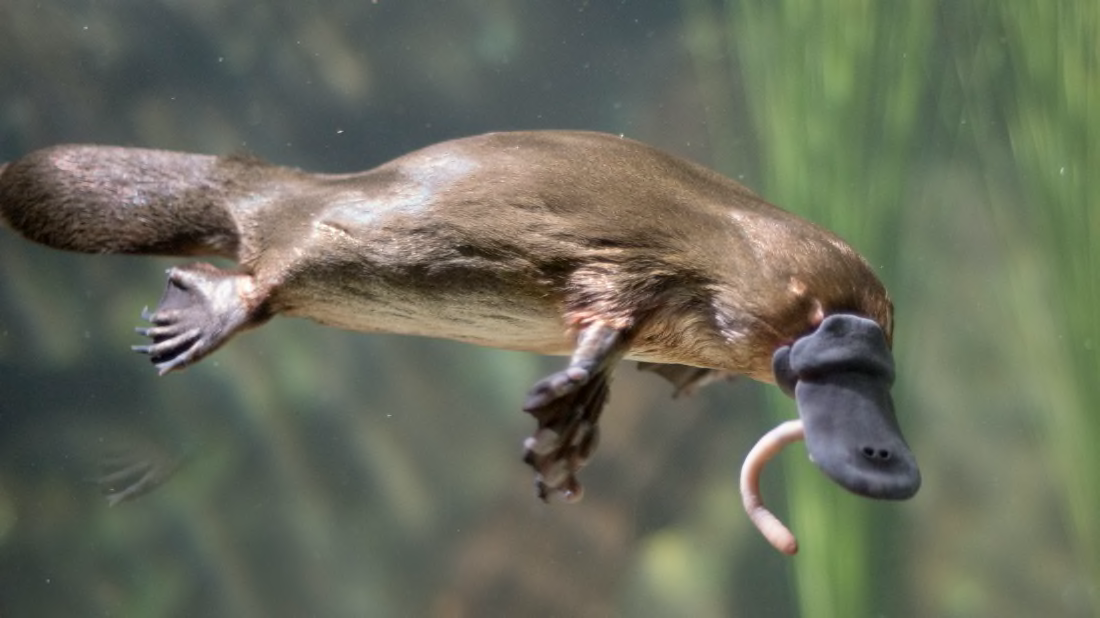 Duck Billed Platypus
Duck Billed Platypus
Very rarely seen as it lives on the dark and deep ocean floor, this animal is known for having a very wide mouth used to collect food. With it's many teeth and strong jaw it will crack crustacean shells and eat the meat inside. It also has a long, winding body that can grow to be 6 feet long, like a snake in the water.
 Pelican Eel
Pelican Eel
This animal can jump 15 feet high, run at 50mph, and are carnivores eating nothing but meat. And although their name says they are "Mountain" animals, they can live anywhere in the United States. Some even live in Indiana!
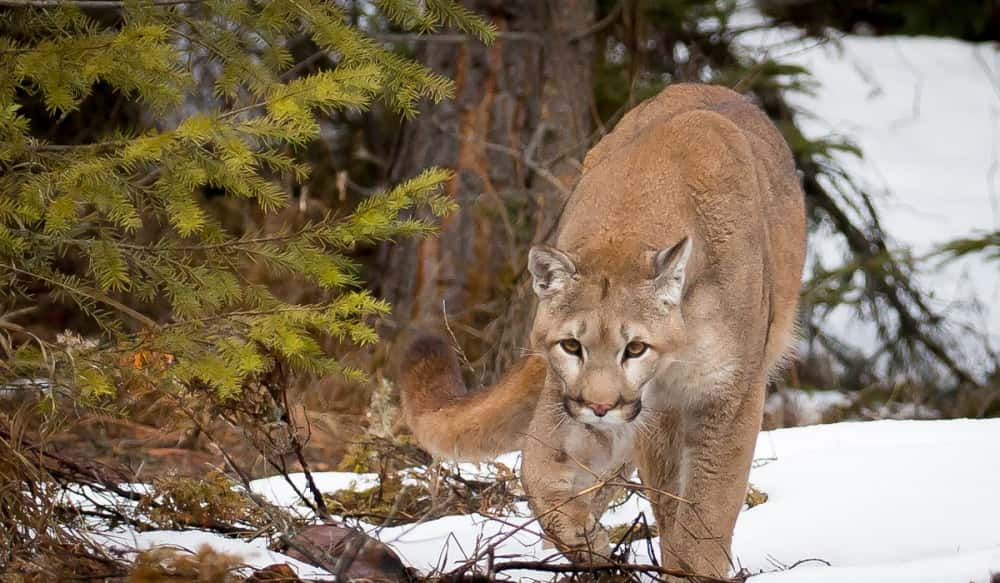 Mountain Lion
Mountain Lion
This creature is unique, as it is one of the only creatures in their entire family that has a yellow color. They will leave all animals & humans all alone, unless they are provoked. They feed on smaller bugs, and it's bite can send you into toxic shock and needs treatment immediately.
 Karakurt Spider
Karakurt Spider
Native to China, this animal doesn't grow as big as their North American cousins. Only reaching 150 pounds and 4 feet tall. They are also nocturnal, being the only nocturnal species of this animal. Their tongue can reach up to 2 1/2 feet long so that they can reach bee's honey without being stung on their body.
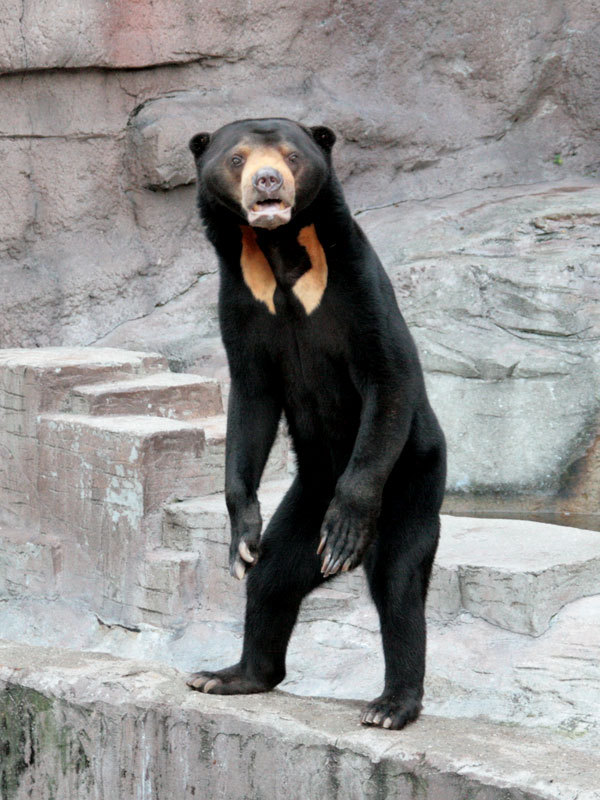 Sun Bear
Sun Bear
Called a bear, but actually a marsupial, this small animal live solitary and boring lives up in the eucalyptus trees. Their diet focuses mainly on the eucalyptus leaves from the trees they live in, and like cats they sleep up to 18 hours each day.
 Koala Bear
Koala Bear
 Japanese Spider Crab
Japanese Spider Crab
This animal is known as a scavenger, meaning it only eats things that are already dead. Their wings reach up to 10 feet long, and they use them to fly in circles for hours in search for dead animal bodies.
They also do not have any talons, and use their powerful beak to break apart bones and rocks.
 California Desert Condor
California Desert Condor
If you can guess the name of this animal without a hint you win the entire game!
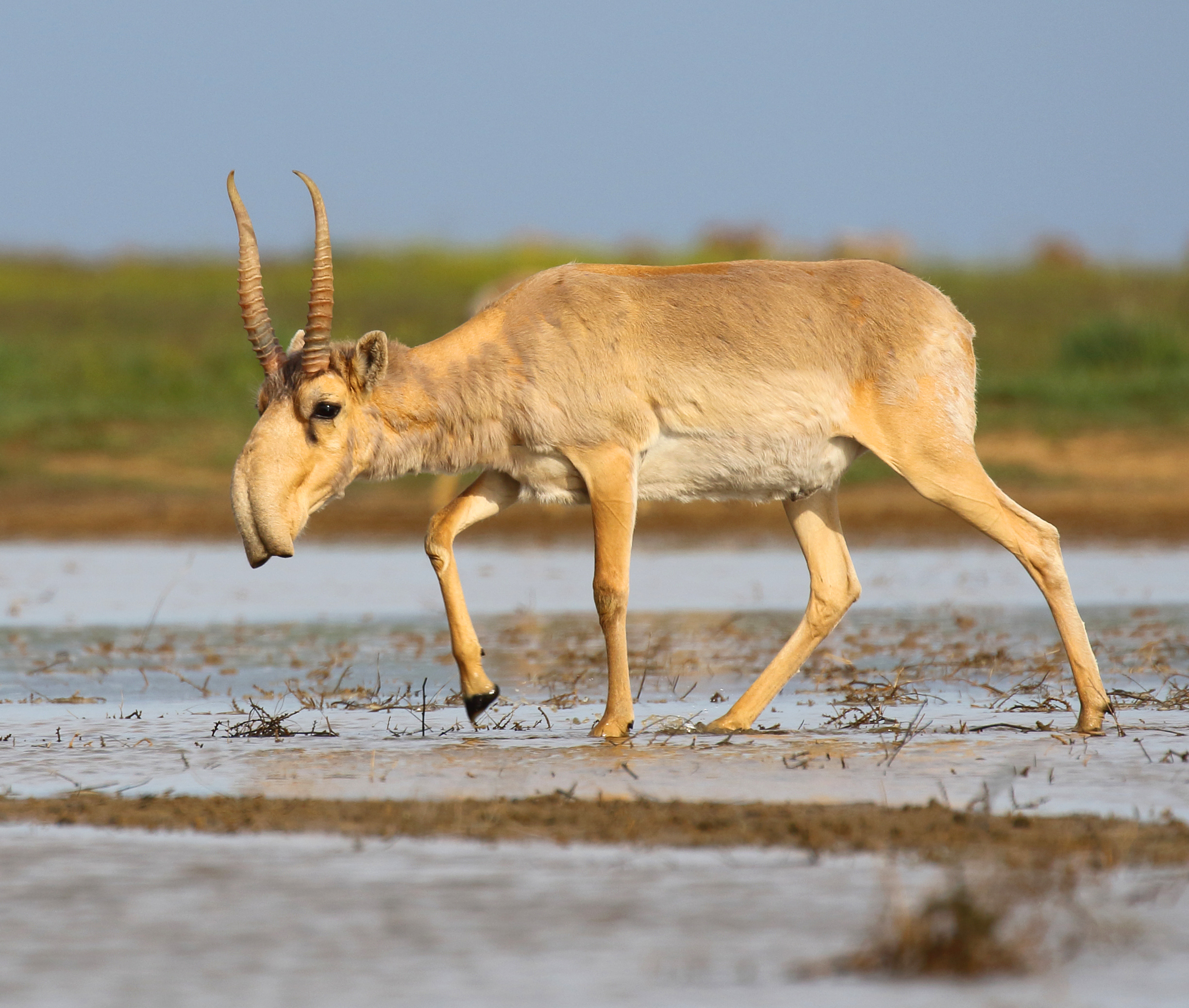 Saiga Antelope.
Saiga Antelope.
This animal can grow to be over 12 feet long and 2000 pounds! This animal lives mostly in the desert, and it's fur grows long and shaggy to protect it from the cold desert air. They also store water in pouches that stick out on it's back, which makes this animal immediately recognizable. People in desert countries will ride these like we do horses!
Bactrian Camel
Australia is full of weird animals, and this is one of them! Much like a hedgehog, this animal has spiky hairs on it's back to protect it from predatory birds and larger animals. With 5 toes, but only 3 claws on each paw, and spurs on the back of their feet, this animal uses it's long mouth and tongue to eat ants and termites.
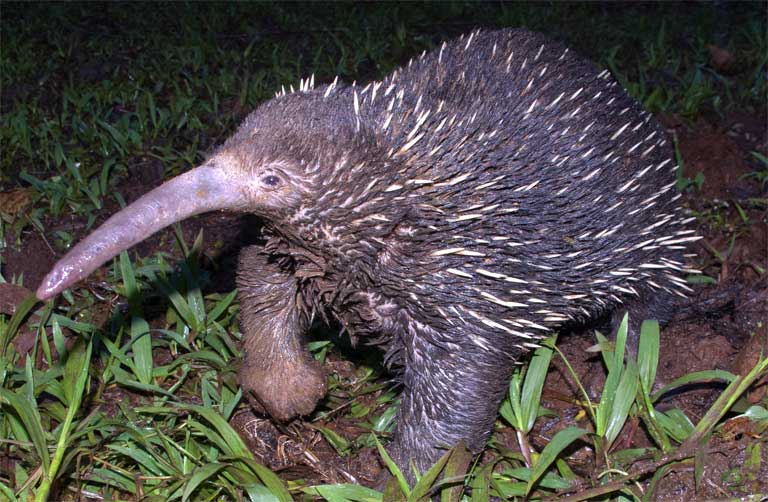 Long Beaked Echidna
Long Beaked Echidna
One of the most intimidating creatures in the ocean based on looks, this animal is frightening. They will keep growing and growing until they die or get eaten. The biggest we've seen is 4 feet long and 120 pounds! They use a lure that comes out of it's forehead to bait other fish into coming close, then they use their razor sharp & hollow teeth to tear apart the fish.
The male of this animal will also fuse it's self to the female until it dies, and it's carcass will forever be attached to the female like a trophy for other's to see.
 Angler Fish
Angler Fish